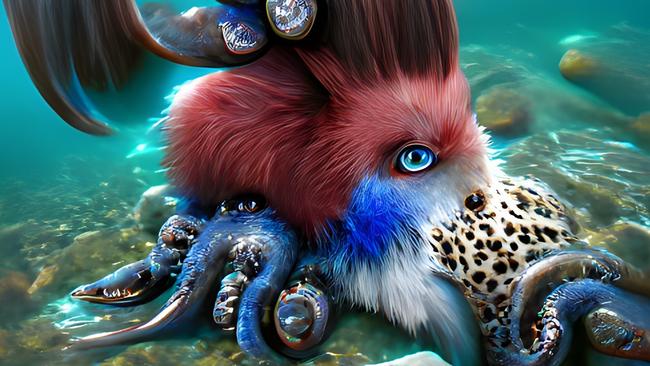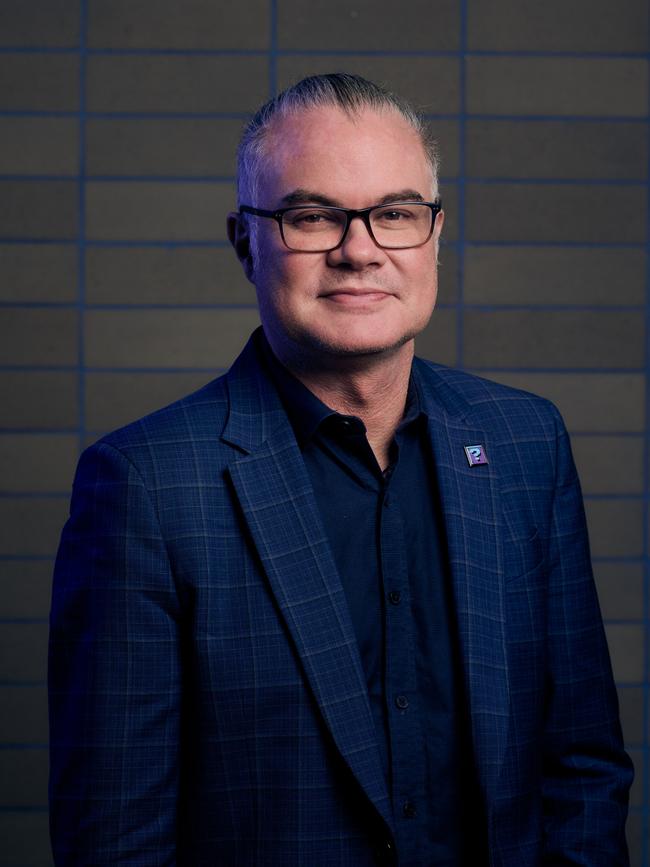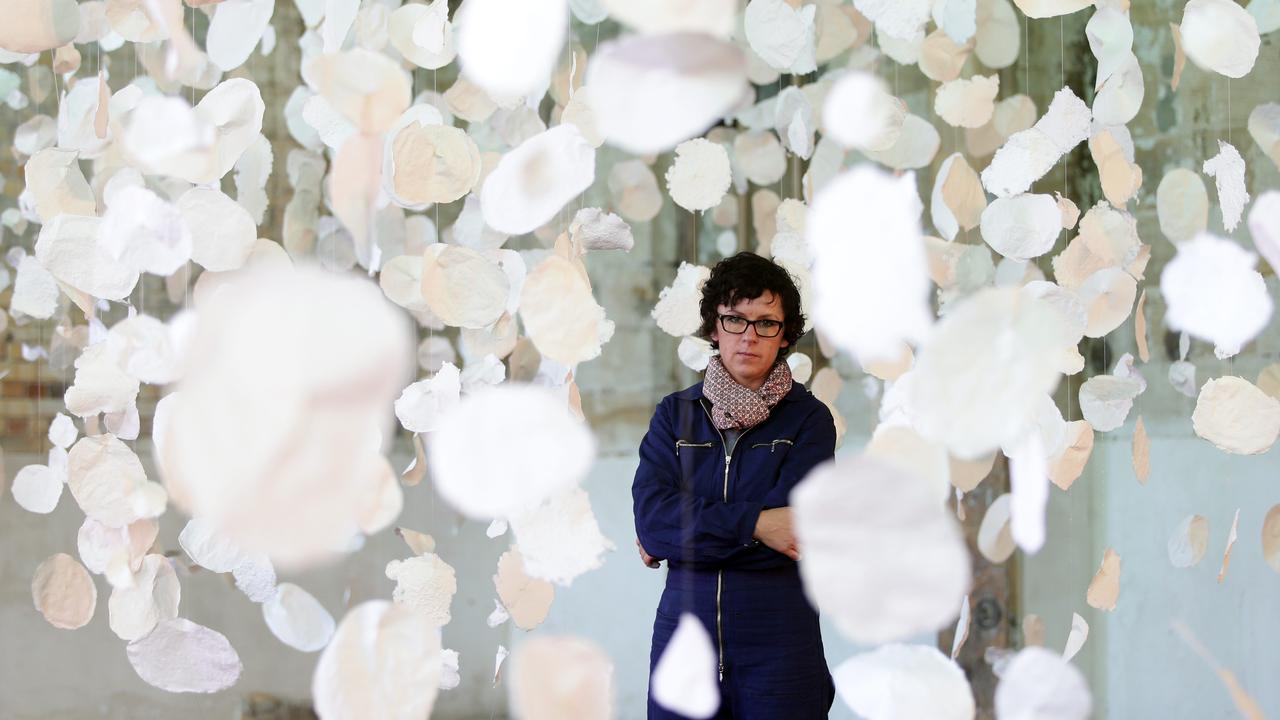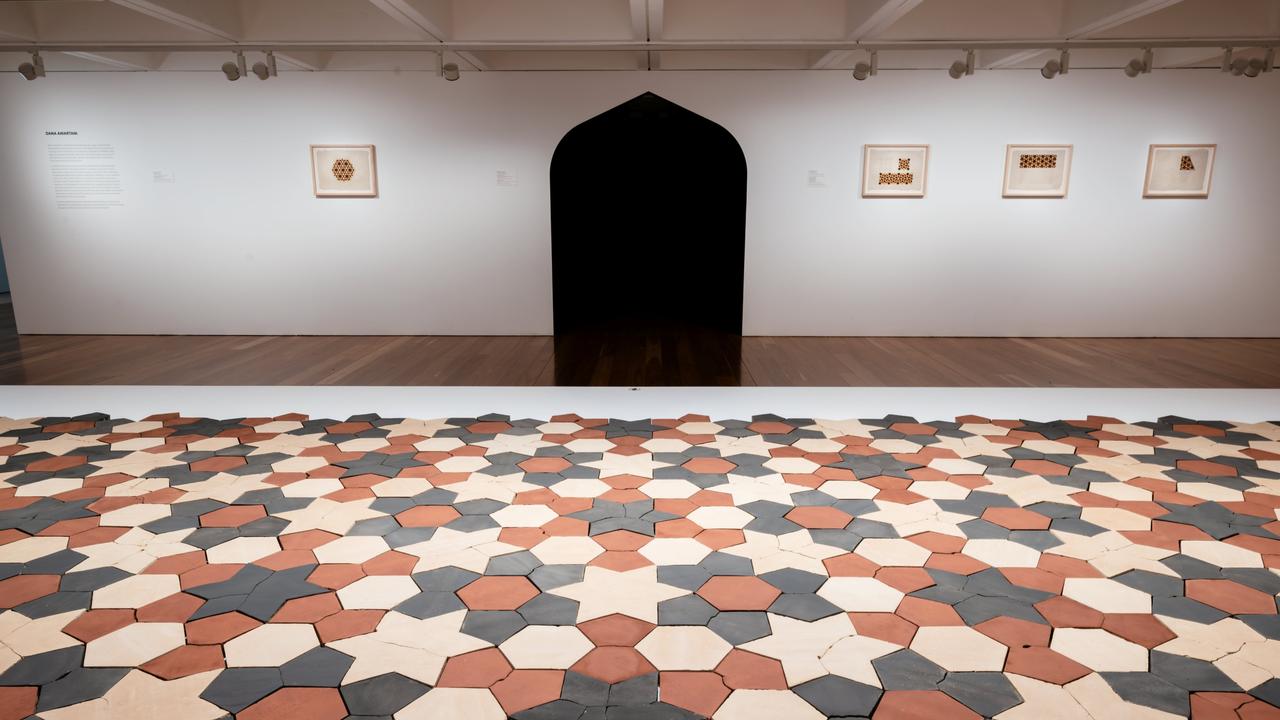Art and soul or fear and loathing? How I heard myself reconsider the potential of AI
Tools like ChatGPT can open an exciting world of opportunity for the arts and creative industries – if we learn how to use them.

I was at a Weyes Blood concert at the Forum in Melbourne when I got a voicemail message from a friend in Sydney. I listened to it between songs – maybe it was important. Why else would internet fossicker and artist Tom Phillipson be sending me a voice memo, rather than a text? Above the noise of the crowd, I made out a familiar voice. My own.
What? How?
After the gig I listened again, properly. It wasn’t quite my own voice, but convincing enough. It turned out Tom’s friend, Rick Bull, a Sydney-based electronic musician who has recorded as Deepchild since the late 1990s, had been playing around with generative AI tools to produce vocals for his music. He had “trained” a synthetic voice from just 30 seconds of an audio recording of me he had found on YouTube – and then sent it to Tom to troll me.
Just 30 seconds was enough to create a passable vocal doppelganger. For the next few days, I was unnerved. What if the voice was used to call my mum and extort or scam her? I thought of the SAG-AFTRA industrial action in Hollywood, and of all those voice actors whose livelihoods depend on using their voices for work.

Much more “boring” AI is already present in our lives, such as the choices we are presented with when we shop or listen to music online. For those of us who work in the creative industries, AI is being integrated into our daily workflows. The tool I am using to write this can suggest entire paragraphs, and when I edit on my smartphone, each word comes with a suggested auto-complete as I type.
When Turkish artist Memo Akten’s installation Distributed Consciousness opened a few months ago at ACMI in Melbourne, some visitors were concerned. They worried its queasy images, enhanced by the uncanny valley of its AI-generated text and voice, hid some sinister message. Were its weird AI-generated octopuses a manifestation of an omnipotent computer?
Anxiety about AI is understandable. Our bargaining power is low when we don’t understand how its complex systems work, or what its limits might be. This information asymmetry is structural and, to a degree, generational in how we approach it. It is a question of digital literacy and specialist skills, but also of imagination, especially the ability to imagine alternative ways these technologies might be used or developed.
In the early moral panic about ChatGPT’s impact on high school education, it was elite private schools, not public, that were quick to embrace it. In the private system, teachers and principals were talking about how to teach with the tool. But many Australian public school jurisdictions brought in bans as an attempt to slow down ChatGPT’s impact and give state education departments time to make a considered policy response. The outcome was that those who already had structural advantage were best placed to exploit the gains of AI in education and use it creatively with students.
The foundations of ChatGPT that help a high-schooler generate a first draft of an essay, or an office administrator produce a summary of a document, are also used by ACMI to search inside the State Film Archive’s collection of videos. Visitors can search video dialogue that previously would have taken decades to be transcribed by hand. Or they can search the visual content of scenes in historic videos – work that would never have been done by human cataloguers. These tools are creating unprecedented ways for the public to access the museum’s archive, not to mention providing accessible captioning for those who need it.
All of these systems – the ones that generated the doppelganger of my voice, the octopuses of Akten’s artwork, those that underpin ChatGPT, and many others – have been trained on vast datasets. This training uses significant amounts of computational power and huge amounts of energy and water. Only the US, Europe and China have the mass scale of computational resources and expertise to develop the core of these systems at the moment. Australia and other nations are relegated to being consumers of these systems and technical infrastructure.
Most of the datasets that underpin these AI systems have been generated by analysing – not technically copying – the contents of the public internet, books, images and videos, both in and out of copyright and without explicit permission. The complex mathematical processes that do this analysis create predictive models by seeing patterns and relationships at a scale humans cannot. This is not entirely new, but what is new is the scale and speed at which it happens. Due to the wide variety of source material, human enhancement is often needed and this is largely performed by gig workers in the Global South. Even with that human validation, the biases and cultural stereotypes of the source material are encoded into the models.
The question for the rest of us is: Who gets to choose how AI models are used, and on whom? By asking, we draw attention to the question of who has the technical literacy needed to make informed choices. And how do we ensure our communities are not further alienated by the increasingly rapid pace of change? Education and AI literacy are key – not just for those in early schooling, but for all.
I now play Tom’s voice memo to my colleagues to show them what is both terrifying and exciting about generative AI. Some see a future where AI-generated speech has potential to cause harm. Others see an exciting world of opportunity. If voice synthesis is happening today, then what might be possible next, and who gets to decide?
Seb Chan is the director and CEO of ACMI.


